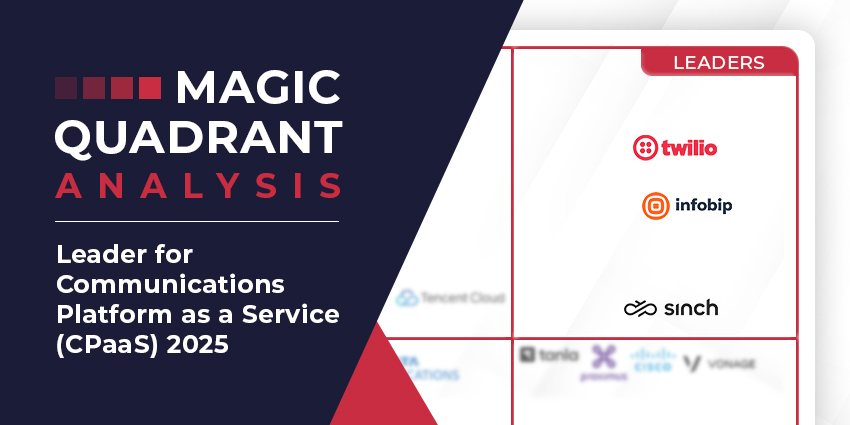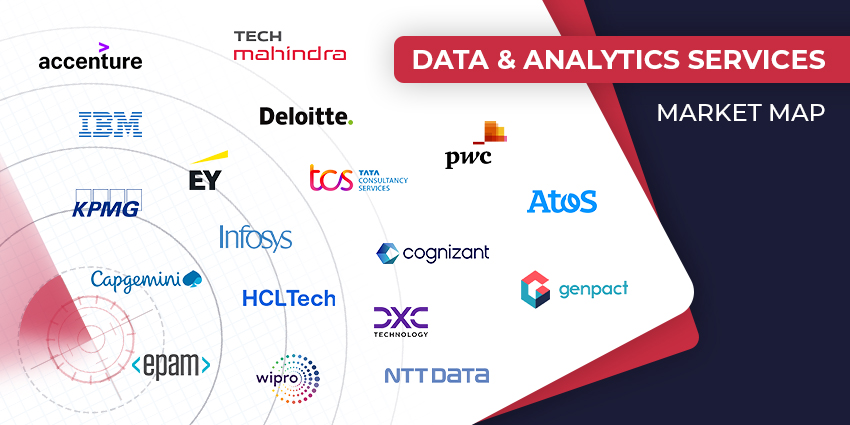Working with data specialist Aiimi, Northumbrian Water Group has developed an innovative solution that delivers automatic, data-driven CSAT insights. These will inform future CX transformation projects.
After a three-year development phase, the model now enables Northumbrian Water to understand where pain points lie within customer journeys. The company may then proactively address these frictions and, over time, develop effortless customer experiences.
Yet, the AI model also supports the reactive function of customer service. If each customer has a predicted CSAT rate – which Northumbrian Water refers to as a Customer Measure of Experience (C-MeX) score – the business may adapt its service delivery approach.
For instance, when a low-satisfaction customer calls in, the contact centre may route them to retention specialists, who engage in service recovery.
Undoubtedly, there are many more potential use cases across the company. Advanced segmentation initiatives are another excellent example. These may result in personalised, progressive proactive campaigns that further enhance CX.
However, crafting such a multipurpose tool was an uphill struggle. Aiimi engineers created a cutting-edge data infrastructure, which ingests information from multiple systems. These include CRM, telephony, and VoC systems.
By piecing such systems together, every customer has a predicted CSAT score, which comes with context. CX teams can, therefore, dig deeper to understand the specific business processes and interactions that inform the score. In doing so, they assess the “digital twin” of each customer.
Going into greater detail, Michael Hull, Intelligence & Analytics Manager at Northumbrian Water, says:
The customer experience digital twin applies this rigorous data-centric approach to improving how we operate as an organisation in response to customer feedback.
He continues: “Now, we can respond in near real-time to data-driven insights that reveal the true customer journey, as well as understand how we align communications with the needs of individual customers.”
The “digital twin” model also empowers contact centre agents to gain a clear view of the customer journey and be more precise in the information they deliver. The customer service experience will likely benefit as a result.
Certainly, this has proved the case throughout Northumbrian Water’s pandemic response. During these difficult times, the architecture of the digital twin has enabled the company to understand complex shifts in CX performance – such is the flexibility of the solution.
As Jack Lawton, Data Science Principal at Aiimi, adds:
Operating under an agile methodology, we continually improved and upscaled the data platform, building out the capabilities of the digital twin to enable a self-service model.
“Today, employees across the organisation are able to quickly visualise data, instantly execute reports that once took days, and understand customer satisfaction levels with ease.”
With this progressive data posture, which connects information across the company, Northumbrian Water will continue to use its new data-driven insights to supercharge CX strategies.







